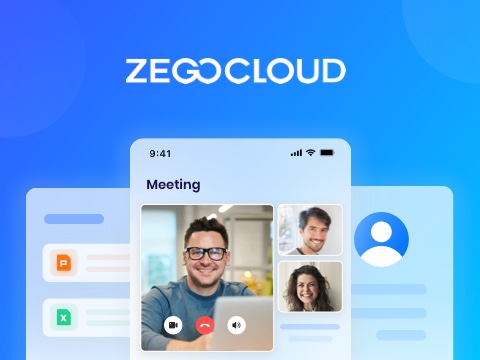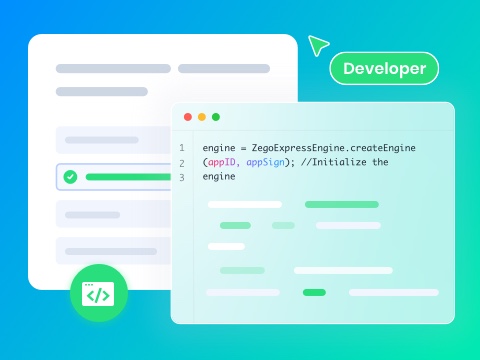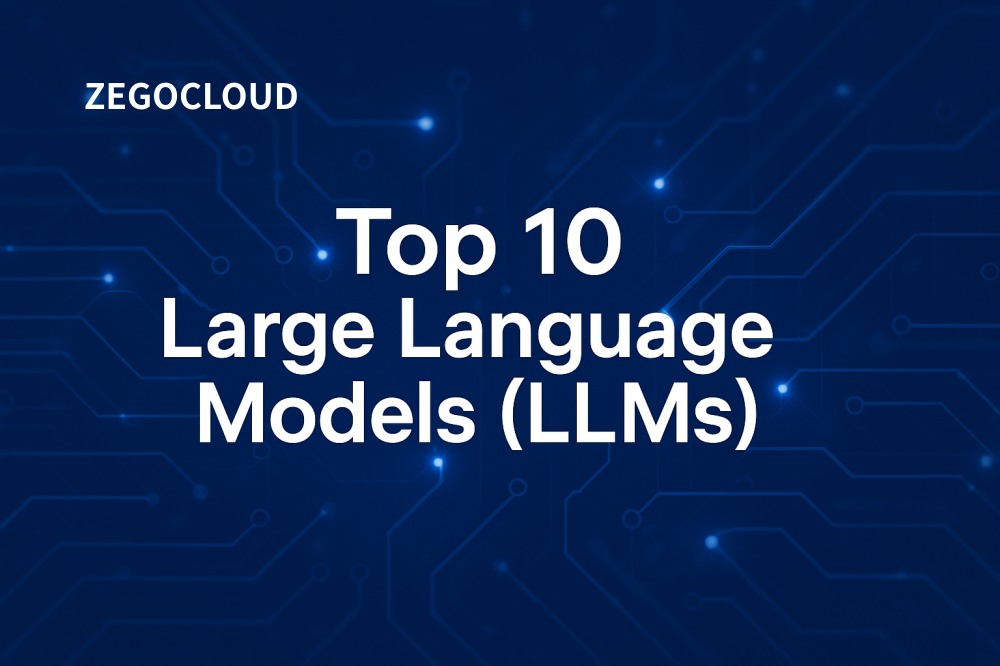The highly rapid evolution of artificial intelligence so far has been largely driven by groundbreaking advancements in large language models. Surprisingly, the year 2025 has so far seen a new wave of intelligent systems released to the masses. Undoubtedly, not only are these much faster but also more context-aware. This deep dive will go through the best LLM 2025 has to offer to get you acquainted with them.
What is an LLM?
Before proceeding further, it is vital to define what is meant by the term “Large Language Model.” Basically, an LLM is a text-based brain that has been trained on a massive number of word sets. Essentially, it scans billions or even trillions of words using sources that range from books to social media. Moreover, it relies on a powerful method called transformers that helps it understand the context of sentences.
Meanwhile, many modern examples include GPT‑4, BERT, PaLM 2, Gemini, LLaMA, and Claude. Interestingly, the majority of these run with hundreds of billions to over a trillion parameters. Furthermore, these answers to what LLM is are then prompt-tuned for executing specialized tasks like translation or writing code. Yet, they require high computing power and sometimes produce inaccurate or biased outputs. Therefore, users must apply LLMs responsibly despite new possibilities.
Why are Large Language Models Important?
These LLMs are critical to the growing presence of artificial intelligence in daily life. Therefore, here are 5 key reasons why these models are vital to today’s digital landscape:
- Advanced Natural Language Understanding: Most LLM models can not only read and interpret given commands but can also respond to human language with high accuracy. Moreover, they go beyond the basic prompt to read the intent and understand the tone and subtle meanings.
- Multitasking Across Domains: Interestingly, a single trained LLM can perform tasks ranging from translation and summarization to content generation and code writing. Having this sort of advanced versatility reduces the need for building multiple tools for each separate task.
- Real World Scalability: Businesses can scale a lot faster by integrating LLMs into fields ranging from customer services and content generation to healthcare diagnostics and legal document review. What’s more, models can handle tedious tasks and grant consistency across large data volumes.
- Few-Shot and Zero-Shot Learning: LLMs can handle brand new tasks they have never done before due to their massive training data. Importantly, this ability greatly shortens development time and lowers dependency on extensive content sets for each use case.
- Creative Content Generation: From blog writing to screenwriting and game development, everything can be done through the best LLM. Furthermore, these provide fresh ideas and let you adapt to different styles to brainstorm content faster than ever.
How Does Large Language Models Work?
Naturally, the simply breathtaking performance of these LLMs raises a common question among users. Apart from what is a large language model, they also want to know how they work. Hence, let’s break the process into key stages to get an idea of the inner workings:
1. Data Collection and Preprocessing
Firstly, these models are heavily trained on massive datasets that encompass a wide range of sources, including books, websites, articles, and social media posts. Before training, these texts are cleaned and formatted into a structure the model can understand. As for the reasons, it is done to help the LLM learn sentence flow, grammar, and context.
2. Tokenization
Following that, all the text is broken into small pieces called tokens that consist of words or subwords. Secondly, it turns each token into a numeric embedding that captures its meaning in a way the model can process. Then, the model adds position signals since it reads all tokens at once and needs to know their order.
3. Transformer Architecture
After that, the model applies the attention mechanism to weight and assigns importance scores to each token with regard to every other token. Next, it combines their information using weighted sums after normalizing these scores. Moreover, this transformer model lets the LLM understand relationships between words, even when they are far apart.
4. Training with Billions of Parameters
Then, the model adjusts internal weights or parameters during training based on how well it predicts the next token. For example, GPT‑4 has over 1 trillion parameters fine-tuned to predict language patterns accurately. Plus, it uses masked attention so it can’t “see” future words when predicting to ensure realistic text generation.
5. Fine-Tuning and Alignment
Finally, the LLM can now be fine-tuned to execute specific tasks, such as answering questions or writing legal text, after general training. In some cases, developers also align the model with human values to make it safer and more useful in real settings. Moreover, this sort of implementation increases the accuracy and relevance of the result.
What Can LLMs Be Used For?
Undeniably, large language models have moved far beyond basic text generation and now drive innovation across many industries. The following are a few top use cases to highlight the current widespread implementation of such models:
- Customer Support Automation: A lot of businesses now use LLMs to power chatbots and VAs to handle customer inquiries 24/7. Moreover, the most common issues and accurate product recommendations can be provided without human intervention when using such AI systems.
- Content Creation and Editing: Writers rely on LLMs to brainstorm ideas and generate blog drafts, as well as refine existing content. Additionally, the various tones and formats available on them make it easier to maintain brand consistency.
- Language Translation and Localization: Most models allow translation between dozens of languages while preserving sentence meaning and cultural tone in real time. Importantly, this ability to define LLM for translation lets global brands reach wider audiences with ease.
- Code Generation and Debugging: Due to its growing popularity, many developers use it to write code snippets or to identify bugs in their code. More specifically, doing so not only speeds up software development but also eliminates a lot of basic errors.
- Medical and Legal Document Assistance: Finally, professionals in healthcare and law benefit from LLMs that can summarize patient histories or extract key clauses from contracts. Additionally, these tools save valuable time and significantly reduce the manual workload for practitioners.
The 10 Best LLMs to Use
Without a doubt, the demand for reliable and efficient large language models has led to the creation of some truly advanced systems in 2025. Hence, explored below in detail are the top ten models that put LLM meaning in a new perspective:
1. GPT‑4o by OpenAI
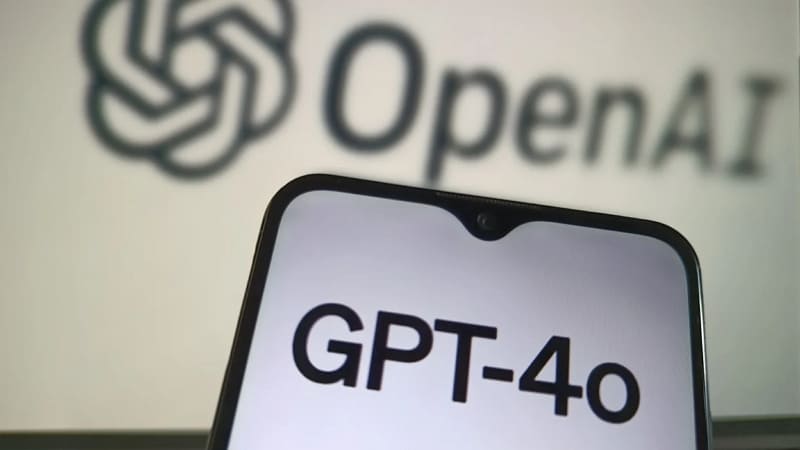
Probably the most widely known large language model, it has set a new standard by handling inputs ranging from text and voice to video and vision. Unlike earlier models, GPT-4o runs much faster, even on consumer hardware. Moreover, it maintains high accuracy across tasks, detecting tone shifts in speech or identifying gestures in videos to give the LLM definition a new context.
Key Features
- Scores 88.7 on MMLU, outperforming most current language models.
- Delivers responses at an average latency of just 232 milliseconds.
- Produces accurate outputs through reinforcement learning, interpreting human feedback.
2. Claude 4 Sonnet
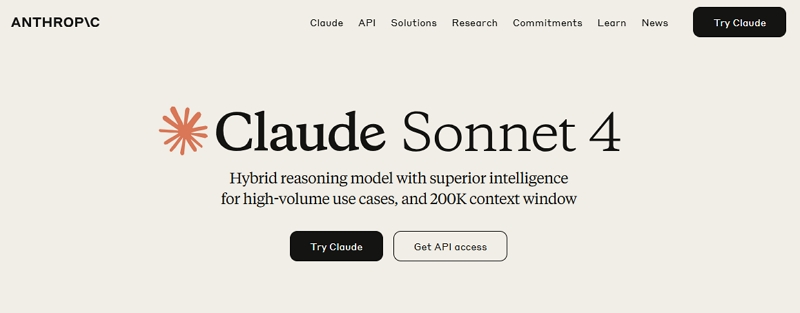
Released on May 22, 2025, it focuses on collaborative AI workflows and complex project planning. With 72.7% on the SWE bench, Claude 4 Sonnet is considered to be possibly the best LLM for coding scenarios. Plus, it can instantly handle everyday queries or switch to step-by-step analysis for tougher problems. Lastly, its extended context window suits detailed business documents to sustain coherent reasoning.
Key Features
- Switches between instant answers and detailed reasoning automatically.
- Maintains pricing of \$3/\$15 per million tokens (cheaper than competitors).
- Processes documents up to 200k tokens with stable accuracy.
3. LLaMA 4 Maverick
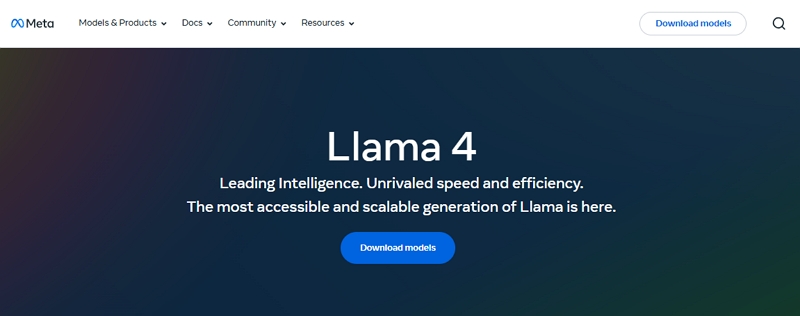
When wondering what an LLM is, this model from Meta AI can be considered a great example. Without echoing earlier content, LLaMA 4 Maverick focuses on delivering exceptionally quick and accurate responses on standard hardware. It also comes with robust enterprise security tools like Llama Guard 4 for safer deployment. Additionally, it demonstrates significant improvements in cross-language reasoning for languages such as Urdu.
Key Features
- Activates 128 expert subnetworks dynamically based on input.
- Handles one million tokens for extended-context tasks.
- Works 18 times faster on Cerebras hardware.
4. Gemini 2.5 Flash (Google DeepMind)
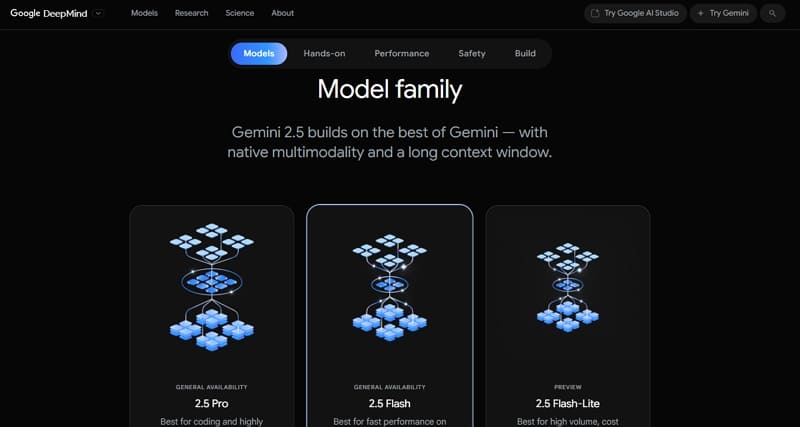
Powering tools like NotebookLM for enhanced reasoning, this new iteration of Gemini LLM is a lot more powerful. It works for Google AI Mode to support complex and multimodal queries from any type of input. As the default LLM model in many Google services, it’s trusted for live transcription and lightweight summarization. Furthermore, it adapts voice tone and accent in 24+ languages.
Key Features
- Let developers set “thinking budgets” from 0 to 24,576 tokens for the task.
- Handles up to 1,048,576 input tokens in a single context.
- Offers flat pricing of \$0.30 per million input/\$2.50 per million output tokens.
5. Magistral Small (Mistral AI)

Crafted for structured reasoning, this component of the Mistral AI family is Europe’s first model optimized for multi-logic workflows. Moreover, it is specifically tailored for domains ranging from legal and financial to healthcare. Plus, this answer to what an LLM is emphasizes explainable logic without relying on black-box predictions. Along with that, it also supports multilingual outputs, including Arabic, Chinese, etc.
Key Features
- Contains 24 billion parameters focused on explainable decision paths to make it smarter.
- Available open-source under Apache 2.0 license to democratize access to reasoning-level AI.
- Offers up to 128k token context; advised max 40k for stability and better speed.
6. Grok‑3 (xAI)

This model by Elon Musk’s xAI debuted on February 17, 2025, showcasing a ten‑fold increase in computing power over its predecessors. Additionally, Grok is designed as a reasoning-first assistant to answer user queries with reliability and accuracy. Additionally, it incorporates an AI-powered engine called DeepSearch, which explains its reasoning and references online sources. Embedded in X’s Premium+, Grok‑3 emphasizes transparency a lot.
Key Features
- Trained on 200,000 GPUs for extensive computing scale and much-improved accuracy.
- Offers “Big Brain” mode for more complex reasoning tasks with a focus on increased precision.
- Facilitate image generation via an integrated visual tool known as Aurora.
7. Qwen 3 (Alibaba)
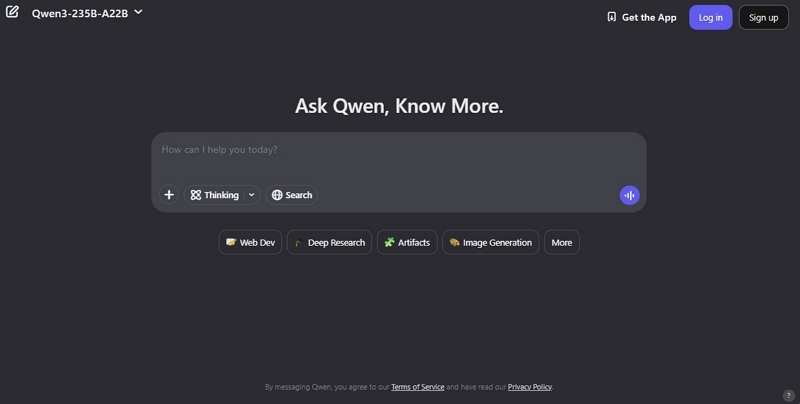
Among the top LLM models in 2025, it is a leap into open-source multimodal large language models for Alibaba. Rather than focusing on raw size, Qwen 3 is fully optimized to balance performance and accessibility. Clearly, it targets developers who need flexible deployment combined with top-tier capabilities. Moreover, it is equipped with a reasoning feature that users can switch on or off.
Key Features
- Handles 128K tokens per prompt for extended context to provide comprehensive outputs.
- Trained on 36 trillion tokens in 119 languages, it is among the most powerful LLMs.
- Offers Apache 2.0 open-source license via Hugging Face and ModelScope for wider reach.
8. HunYuan Turbo S (Tencent)
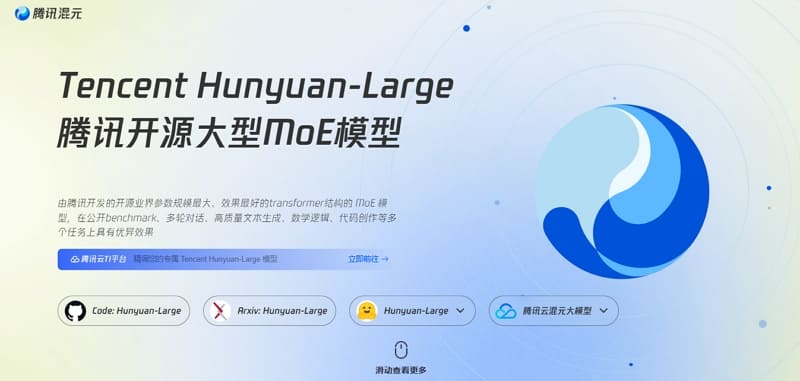
Mainly engineered for high-speed interaction, this LLM meaning-altering model debuted on February 27 of this year to power Tencent’s AI chatbot ecosystem. Moreover, HunYuan Turbo S emphasizes lightning-fast conversation by halving typical response delays and delivering more words per second. Unlike research-focused giants, it targets practical deployment on Tencent Cloud. Plus, it supports effortless integration into chatbots within social and enterprise apps.
Key Features
- Reduces initial word latency by 44% over previous Tencent models to give faster outputs.
- Double word-generation speed in real-time chat scenarios to increase user engagement.
- Priced at ¥0.8 input/¥2.0 output per million tokens via Tencent Cloud API.
9. PanGu Ultra (Huawei / Ascend NPUs)
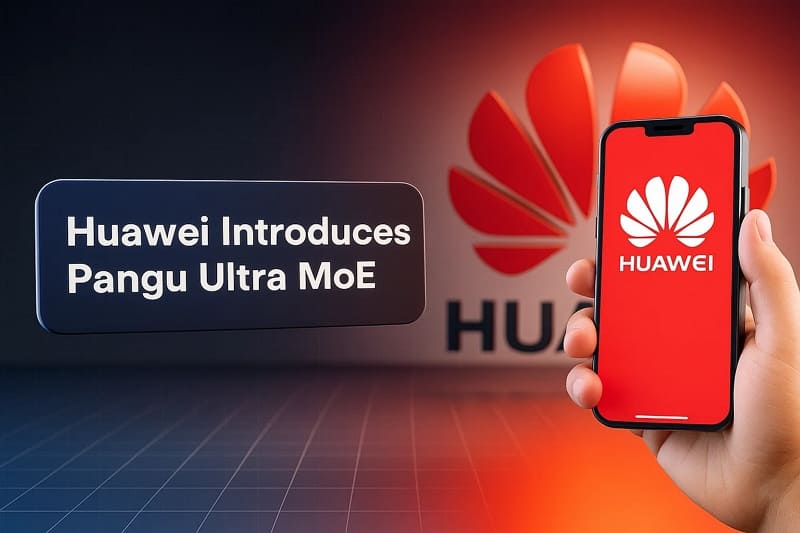
Differently designed from previous entries, it focuses on pushing the limits of on-chip computing power. Released via an April 2025 research whitepaper, PanGu Ultra defines LLM to achieve efficient training stability and scale. Moreover, it does that by successfully completing dense reasoning performance on Ascend NPUs with 718 billion parameters. Plus, its 61 transformer layers let it excel in math and logic.
Key Features
- Trained on 13.2 T high-quality tokens for a broad knowledge foundation and response rate.
- Matches Llama 405B and DeepSeek‑R1 on reasoning benchmarks with relative ease.
- It utilizes up to 39 billion parameters at the moment due to its robust MoE design.
10. DeepSeek R1 (DeepSeek AI)
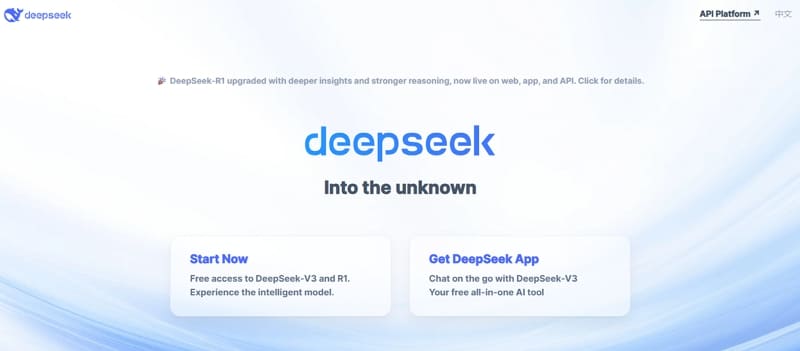
Fully optimized for solving complex problems, the R1 LLM is among the most powerful open-source large language models. Furthermore, DeepSeek has developed it with an MoE structure to keep 37B parameters active from a total of 617B. Along with that, its latest update introduces “cold-start” data before reinforcement learning. That helps the system self-verify and reflect during multi-step reasoning.
Key Features
- Achieves 84.9% MMLU score to fully match and rival the leading proprietary reasoning models.
- Improves AIME benchmark accuracy from 70% to 87.5% in the 0528 update.
- Handles math as well as GPT-4 at 90% less cost with a visible train of thought.
What is the Future of LLMs?
Given the importance of AI in the current digital landscape, it is understandable that the future of large language models is bright. Undoubtedly, emerging trends show a fascinating trajectory for most LLMs. Currently, it is likely that the global LLM and multimodal AI market will grow from $6.3 billion in 2024 to $25.2 billion in 2029. Moreover, it has a CAGR of 31.83%, which shows great potential.
Furthermore, technical reports emphasize a shift from brute scaling toward efficient reasoning architectures. According to Goldman Sachs, data centers are going to need a lot more electricity. As a matter of fact, they’re forecasting a massive 160% increase in power demand by 2030. Hence, the Chinchilla strategy is giving way to reasoning-first models like DeepSeek R1. Plus, a recent survey for AI predicting AGI shows probabilities ranging from 3% to 47%.
Moreover, autonomous AI agents are seeing rapid enterprise adoption. Additionally, a report from Deloitte forecasts that 25% of companies will pilot such agents by the end of 2025. Plus, it also mentions that the rate will rise to 50% in 2027. Lastly, a significant rise has occurred in applications utilizing LLMs. By 2025’s end, a projection says over 750 million apps will use them to handle 50% of digital work.
How to Build Real-Time Applications with LLMs
Top LLM models 2025 such as GPT-4 and Claude are transforming how applications interact with users. They can generate responses, handle complex queries, and power intelligent agents. However, to deliver these capabilities in real time, developers also need a reliable infrastructure that supports fast, smooth, and scalable communication.
ZEGOCLOUD provides the essential real-time layer for this. As a real-time interaction platform, it offers voice, video, and messaging SDKs that are optimized for low latency and easy integration with leading LLMs. This allows teams to focus on building intelligent user-facing applications without worrying about communication delays or backend complexity.
Key Features of ZEGOCLOUD for Real-Time LLM Applications
1. Low latency communication
ZEGOCLOUD supports real-time voice and video with latency kept under 200 milliseconds, enabling applications to deliver instant and natural LLM responses during live interaction.
2. Easy integration with leading LLMs
Developers can quickly connect ZEGOCLOUD with popular LLM providers like OpenAI, Anthropic, or open-source models. This makes it simple to create smart assistants, tutors, or chat tools powered by AI.
3. Support for multiple interaction modes
ZEGOCLOUD enables developers to combine text, voice, and video channels in a single app, making it ideal for building conversational AI tools that feel more immersive and human-like.
4. Cross-platform SDK availability
Applications built with ZEGOCLOUD work smoothly across iOS, Android, web, Flutter, and other platforms, giving teams the flexibility to launch on multiple devices without additional setup.
5. Scalable infrastructure for production use
Whether supporting one-on-one AI chats or high-concurrency group environments, ZEGOCLOUD’s backend is built to handle large volumes of real-time interactions without performance loss.
Conclusion
To wrap up, large language models in 2025 are smarter, faster, and more accessible than ever before. Moreover, their growing impact is evident across industries, particularly when combined with real-time platforms.
Additionally, integrating top LLM models with powerful SDKs, such as ZEGOCLOUD, enables developers to build responsive, secure, and immersive apps. As the AI landscape evolves rapidly, the combination of intelligent models and real-time APIs sets the standard for future-ready innovation.
FAQ
Q1: Which one is the best LLM model?
There is no single “best” LLM model, as it depends on your use case. GPT-4 by OpenAI is widely known for its balanced performance in reasoning, creativity, and coding. Claude 3 and Gemini 1.5 also stand out in specific areas like contextual understanding and real-time applications.
Q2: What is the most popular LLM provider in the world?
OpenAI remains the most popular LLM provider globally, especially with the widespread use of ChatGPT. Other major providers include Google (Gemini), Anthropic (Claude), Meta (LLaMA), and Mistral, each offering unique advantages.
Q3: What are the best LLM models in 2025?
Some of the best LLMs in 2025 include GPT-4-turbo, Claude 3 Opus, Gemini 1.5 Pro, Mistral Large, and Meta’s LLaMA 3. These models lead the market in accuracy, scalability, and multi-modal capabilities.
Q4: What is the most popular LLM agent framework?
LangChain is currently the most widely used LLM agent framework due to its flexibility, modular structure, and strong community support. Others like Semantic Kernel and LlamaIndex are also gaining traction in specific development scenarios.
Let’s Build APP Together
Start building with real-time video, voice & chat SDK for apps today!



